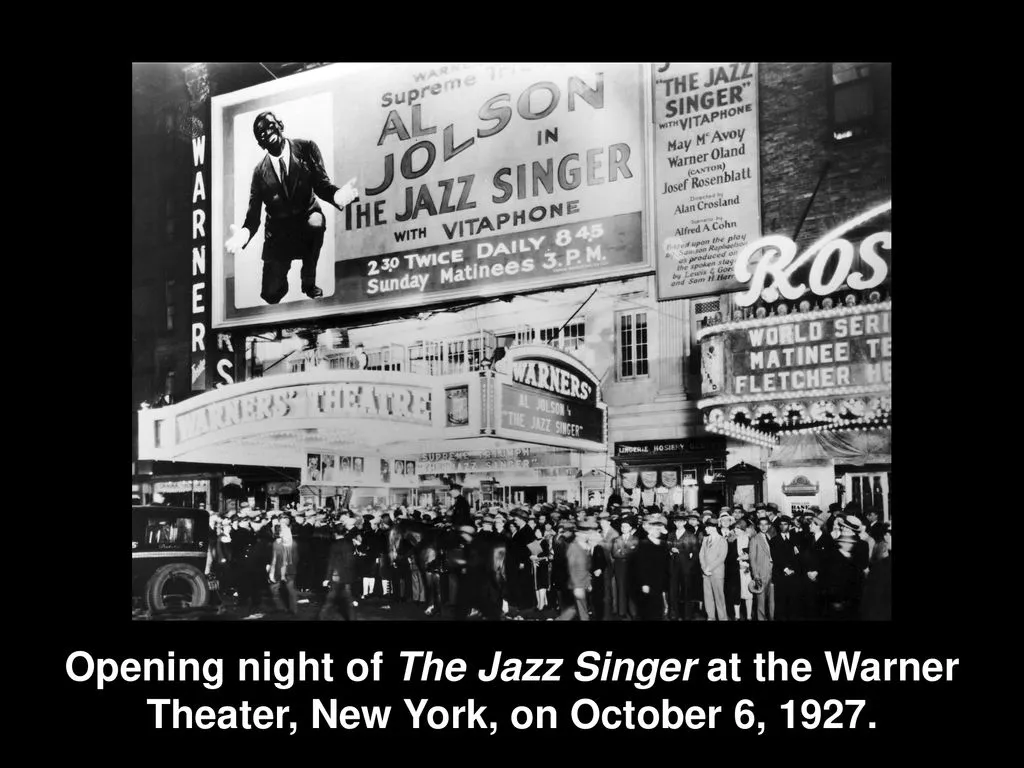The history of sound in film is a fascinating journey filled with technological innovation, artistic challenges, and a complete transformation of the movie-going experience. For decades, audiences were captivated by silent films, a visual art form accompanied by live music or scores played on rudimentary instruments. However, the desire to create a more immersive and realistic cinematic experience fueled the relentless pursuit of synchronized sound, forever altering the course of film history.
The Dream of Talking Pictures:
The concept of marrying sound with moving images existed practically from the birth of cinema itself. In the late 1880s, Thomas Edison envisioned a device called the Kinetophone that would project both film and synchronized sound. While Edison’s technology wasn’t commercially viable, it sparked the dreams of inventors and filmmakers who yearned to create “talking pictures.”
Early Experimentations:
The early years of the 20th century saw a flurry of experimentation in the realm of sound-in-film technology. Several approaches emerged, including systems that synchronized sound recordings on discs with the film projection. These early attempts were often cumbersome, unreliable, and limited in quality. The question of “who invented sound in movies” doesn’t have a simple answer, as numerous inventors contributed to the development of this revolutionary technology.
The Arrival of the Talkies:
The breakthrough that ushered in the era of widespread sound in film came in the late 1920s with the development of optical sound-on-film technology. This system involved recording sound waves as variations in light on the film itself, allowing for synchronized playback. The “first film with sound,” often credited with this revolution, is a debate among film historians. Some point to “The Jazz Singer” (1927), which featured a limited amount of synchronized dialogue and singing, while others argue for films like “Warner Bros.’ Don Juan” (1926), which offered a more fully realized sound experience.

A Silent Revolution:
The arrival of “talking pictures” wasn’t simply a technological advancement; it was a seismic shift in the film industry. Silent film stars whose careers were built on physical expression and exaggerated pantomime suddenly faced the challenge of adapting their craft to the world of spoken dialogue. New skills were required, and some actors struggled to make the transition. The “history of sound in film” is also a story of the challenges and opportunities presented by this new technology.
A New Era of Storytelling:
With sound, filmmakers gained the ability to create a more immersive and emotionally resonant cinematic experience. Dialogue, sound effects, and music became powerful tools for storytelling, allowing for a richer exploration of character, plot, and mood. The “history of sound in film” is one of continuous innovation, from the first shaky experiments to the surround sound systems and advanced audio manipulation techniques used in modern cinema.
Beyond the Talkies:
The development of sound in film didn’t spell the end of silent films. A small number of filmmakers continued to create silent masterpieces throughout the 1930s, and silent film appreciation societies keep these early works alive today. However, sound undeniably became the dominant force in cinema, shaping the way we tell stories and experience movies to this very day.
If you are captivated by a perfectly timed sound effect, a character’s powerful monologue, or a soaring musical score, remember the fascinating journey that brought sound to the silver screen.
